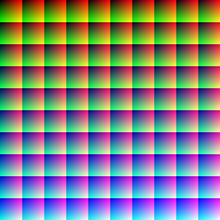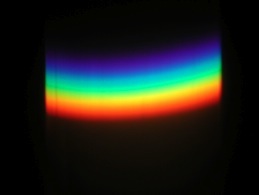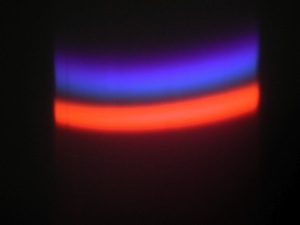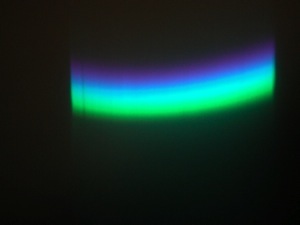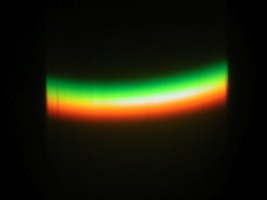The University of Vermont
Physics Department


The University of Vermont
Physics Department
Physics of Colors
Colors which are perceived with the human eye can be caused by different physical processes. Paints, ink, plastics, fabric, dyes, and many other materials have color due to pigments. A pigment is a material which selectively absorbs certain wavelengths of light and then reflects other wavelengths. The color which the eye sees is the color given by the wavelength of light which is reflected off the material. For example, a red pigment appears red because any wavelengths which do not correspond to red are absorbed and the wavelengths of light corresponding to red are reflected off the material. This process results in many of the colors observed everyday.
Additionally, color can be generated by the structure of materials. This so-called structural color is due to the way in which light interacts within a small structure. The interference, refraction, and reflection of light in various structures cause colors to be generated. Colors generated by structures appear in nature frequently for example the blue sky, iridescent features on animals such as feathers on a pigeon, and pearls.

